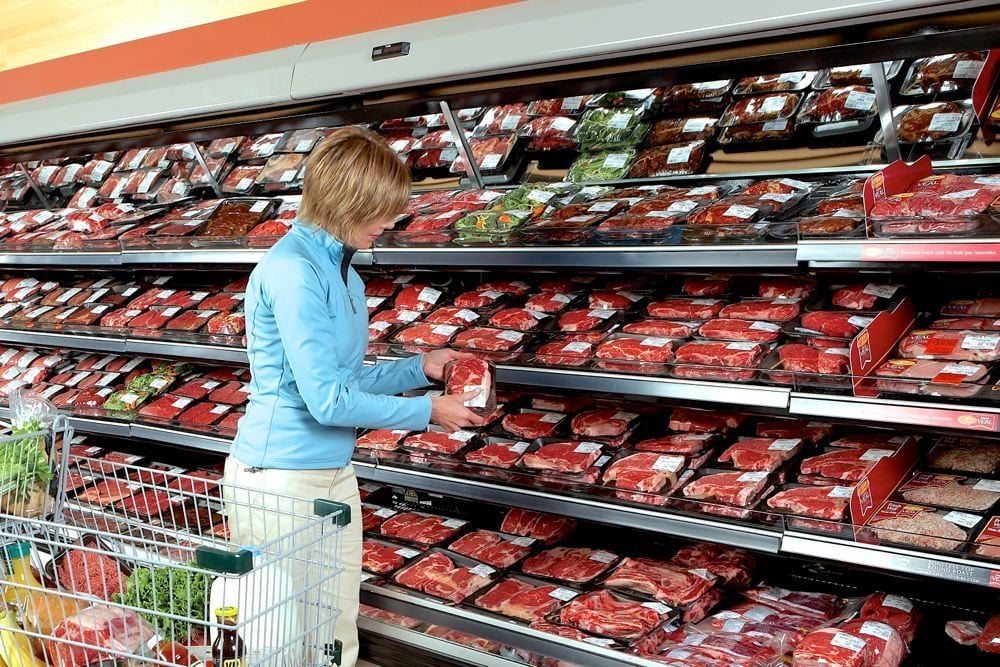The prolonged period of negative feeding margins continues to set a tone in the feeder market. Alberta packers were buying limited numbers of fed cattle this past week with dressed sales in the range of $280 to $283, down nearly $10-$14 from two weeks ago. This appears to have spilled over into the feeder market, with lethargic buying interest surfacing on all weight categories. Replacement cattle over 800 lbs. traded steady to $5 lower in comparison to week-ago levels.
Despite favourable weather in the major feedlot regions, a larger group of mixed steers averaging 837 lbs. couldn’t muster any support, finally dropping the gavel at $202 in central Alberta. Older brothers of a fancier sort, averaging 925 lbs., with lower flesh from limited grain backgrounding, sold for $187 in the same region. The beef pipeline remains well supplied in the short term and the large discount in deferred live cattle futures has tempered any hope that cattle prices will experience a major turnaround.
Read Also

U.S. livestock: CME cattle tick lower in thin pre-holiday trade
Chicago | Reuters – Chicago Mercantile Exchange live and feeder cattle futures were little changed but ended slightly lower on…
Feeders under 800 lbs. experienced a week-over-week decline of $5-$8 and in some cases down as much as $10-$12. Indecisive buying activity characterized the market, with 650-lb. steers trading in the range of $228-$240 across the Prairies; heifers traded in an extremely wide range but a representative base of 625-lb. females sold for $205-$210 in southern Saskatchewan. Extreme cold temperatures plagued the eastern Prairies and buyers were not keen on shipping cattle long distances. On the flipside, most of Alberta is on the drier side, with temperatures 10 C above normal over the past couple of months. Both factors subdued the grasser market this week. The longer feeding schedule usually induces a risk premium, but feedlots were focused on quality backgrounded feeders, shying away from lighter weight categories this week.
Feedlots are backed up with market-ready supplies and need to alleviate this burden before stepping forward more aggressively on feeders. Strength in the Canadian dollar has hindered movement south and U.S. feedlots are poised for a year-over-year surge in second-quarter beef production.
— Jerry Klassen is manager of the Canadian office for Swiss-based grain trader GAP SA Grains and Produits. He is also president and founder of Resilient Capital, which specializes in proprietary commodity futures trading and commodity market analysis. Jerry owns farmland in Manitoba and Saskatchewan but grew up on a mixed farm/feedlot operation in southern Alberta, which keeps him close to the grassroots level of grain and cattle production. Jerry is a graduate of the University of Alberta. He can be reached at 204-504-8339.















